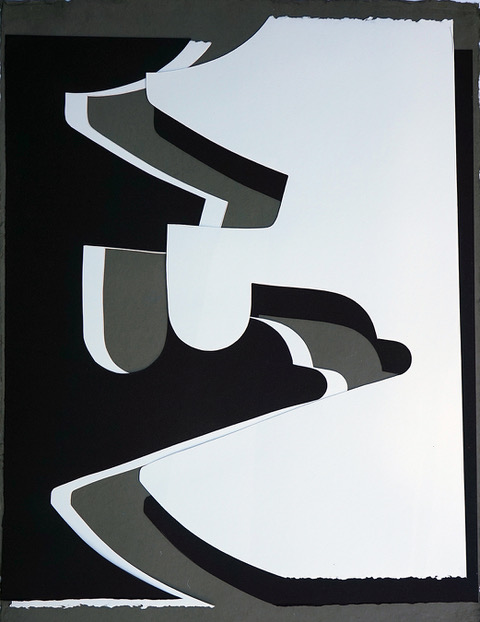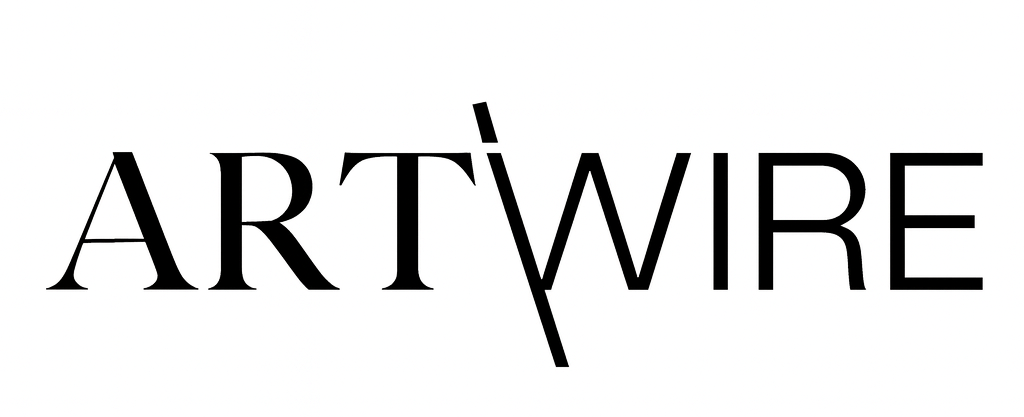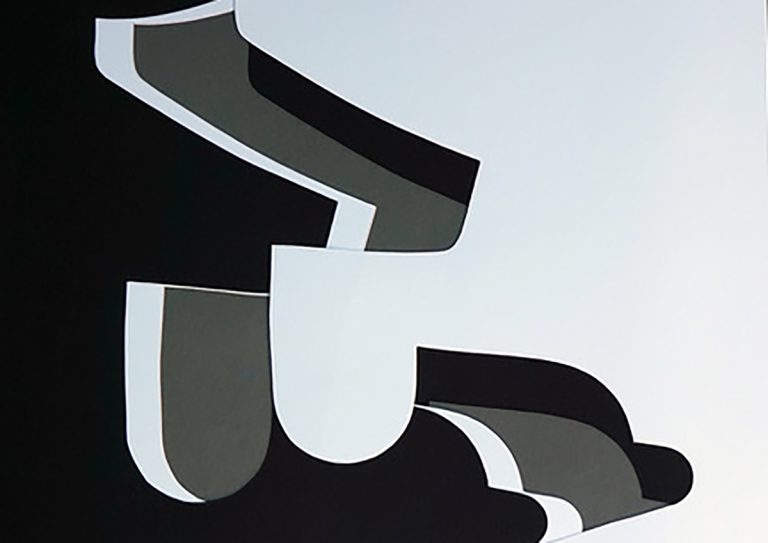Samaj X is an artist working at the crossroads of memory, culture, and identity. His work is shaped by lived experience and sharpened by deep reflection. He doesn’t just respond to the world—he listens to it, absorbs it, and speaks back through a visual language that feels both ancient and contemporary. His paintings, though abstract, carry emotional weight. Each shape and shadow feels like a memory. Each contrast feels like a decision. For Samaj X, art isn’t just expression—it’s a method of sorting out chaos, of tracing patterns in life’s contradictions.

At the core of his practice is the idea that the personal is always political, and the spiritual is always present. His works emerge from this tension—between self and society, history and future, thought and emotion. There’s no separation in his process. What we see on the surface is layered with what we do not.
The piece shown here, “Symbolic Doctrine 3aa,” is a strong example of Samaj X’s abstract work. It’s clean but not sterile. The structure is bold, even aggressive in places, but it’s also quietly thoughtful. The black, white, and grey forms seem to fold into and around one another, like someone speaking in layered languages—each shape building on the last, but none fully overtaking the others.
There’s a rhythm here, something architectural, almost musical. The work flows upward and outward with a kind of deliberate grace. There’s no ornamentation, no unnecessary embellishment. It’s all form and feeling. Yet the simplicity is deceptive. The interplay between light and dark, between sharpness and curve, between flatness and implied depth—it all asks the viewer to pause. To look again.
Samaj X often explores dualities, and “Symbolic Doctrine 3aa” holds a quiet tension between opposites. The top-heavy shapes echo weight, but they float. The curve might be a shoulder, or a vessel, or just a shadow. It doesn’t matter what it is—it matters what it does. And what it does is make you feel like you’re looking at something familiar but unknown.
This kind of ambiguity is intentional. Samaj isn’t telling us what to think. He’s creating space for us to think within. The forms are open enough to let interpretation in, but grounded enough to give us direction. They’re not just abstract—they’re symbolic. Not in a fixed way, but in the way dreams are symbolic. Or language. They suggest without dictating.
There’s also something tactile about this work. It’s a flat surface, sure, but it feels layered. As if parts were stacked or pulled forward. That sensation of depth—despite the simplicity of the palette—is part of what makes the work compelling. Samaj X knows how to use shadow and contrast to shift perception. He makes the eye move. Makes it guess.
“Symbolic Doctrine 3aa” also brings up the idea of doctrine—rules, beliefs, structure. But here, the structure is abstract. The doctrine isn’t written—it’s felt. The piece seems to question what we follow and why. Is this a symbol of something we believe in? Or is it a symbol that resists being nailed down?
Samaj X doesn’t offer answers. He paints the question. His art becomes a kind of mirror. What you see might be a cultural reference, a personal memory, or just a beautiful form. All of those responses are valid. That’s part of the point.
This painting doesn’t ask for admiration—it asks for engagement. It doesn’t shout—it hums. It draws you in, not with spectacle, but with suggestion. And that’s the essence of Samaj X’s work. He trusts the viewer to bring their own story to the surface. He leaves room for discovery.
In the end, “Symbolic Doctrine 3aa” feels like a quiet confrontation—with the self, with belief, with form itself. It’s balanced and unresolved. It offers no final word. Just a shape. A pause. A signal.


